Here’s the thing. Whenever there is a reboot, remake, or reimagining, prequel or sequel, to some beloved property from our collective youths, it is almost always a nostalgia play. The business of these things are, by their nature, mercenary. These things aren’t made for new audiences, they’re laser targeted towards old ones. As a kid, you developed an attachment to one of these franchises (be it a sword wielding muscleman, or transforming robots, or pop singers who are secretly superheroes), and now, their respective rights owners figure that the best way to get to you, the grown-up with disposable income, is by giving you a taste of that long lost childhood.
Sometimes they’re nothing more than shameless cash grabs. But there are those rare occasions, especially if in the right hands, when these revivals are elevated beyond anything the original was or ever could be. Masters of the Universe: Revelation is one of those times. So forget those reactionary assholes on YouTube, ignore the mithering manbabies on Twitter, and trust us when we tell you that this series exists to make the old one better.
Hell, we love it so much we made a list of all the reasons why.

1. The Self-Proclaimed “Fanboys” Are Wrong

Nostalgia is a funny thing. Mostly because it’s a sense that is almost always completely misplaced. The seven-year-old you, who has fond memories of He-Man and the Masters of the Universe, was also watching it with your seven-year-old brain, and your seven-year-old worldview. And while there are a few bright shining moments in those original 130 episodes (“The Problem with Power,” “Teela’s Quest,” “Battlecat,” “The Rainbow Warrior,” and “Into the Abyss” come to mind), the vast majority of episodes are somewhat bland and repetitive. So much so that watching all of those old episodes again (like I’ve been doing over the last two months) can be tiring.
That said, even the most superficial viewing of the series will make you aware of the themes at play. He-Man and the Masters of the Universe was always a series that empowered and uplifted its female characters (as we wrote in our review of Revelation), that paid attention to its wider cast, often placing them at the forefront of the narrative, and that was constantly introducing new ideas and characters to its universe. (Even if it was mostly to sell toys!)
Any claim that this sequel is somehow a bait and switch, that it is, in fact, a betrayal of that original vision, isn’t just disingenuous, it’s downright wrong. What Masters of the Universe: Revelation does is magnify the best parts of the original series and then uses it to craft a narrative that successfully grows its characters and moves their individual stories forward. To believe otherwise demonstrates a total lack of understanding of the source material. And it would be funny if it wasn’t so tragically stupid. Then again, maybe these so-called fans are still stuck with their seven-year-old brains and trapped in their seven-year-old worldview.
2. Masters of the Universe: Revelation Transforms Caricatures Into Characters
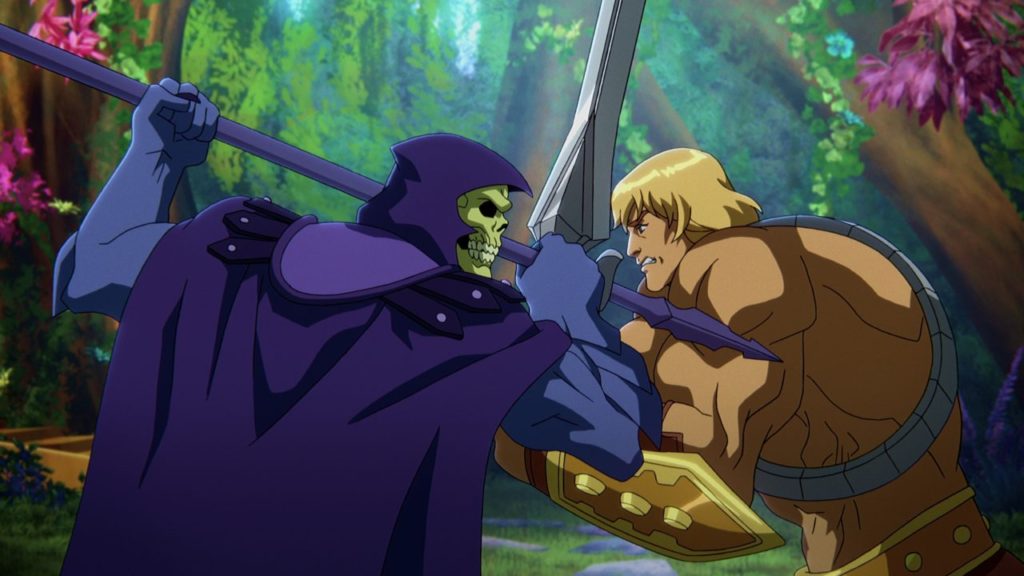
What He-Man and the Masters of the Universe did was create these wonderful archetypes – the foundations upon which hundreds of stories could be told. These heroic and noble characters, alongside their villainous counterparts, were the ideal blank slates. But they were also unchanging. No matter what happened to them, irrespective of the life lessons they learned, the very nature of the beast that was serialized children’s television meant that they were essentially reset at the end of every episode. With whatever wisdom and character development they acquired forever locked within those 24 minutes.
Revelation gives these characters life. This series makes them living, breathing individuals, who grow and learn with each and every encounter. They have complex inner lives. (Who knew Orko had such a conflicted relationship with his people?) Teela has agency. Evil-Lyn isn’t just bad by virtue of her name. Skeletor finally has some real, actual, honest-to-God motivation. But most of all, we learn about the cost and consequence of what it means to be He-Man. We discover just how much of a champion Adam truly is. (Episode 4, “Land of the Dead,” is an absolute triumph of character writing.)
Now, I’ve always had a fondness towards these characters. Masters of the Universe: Revelation made me fall in love with them.
3. Look Kids, It’s Modern, Mature Storytelling!
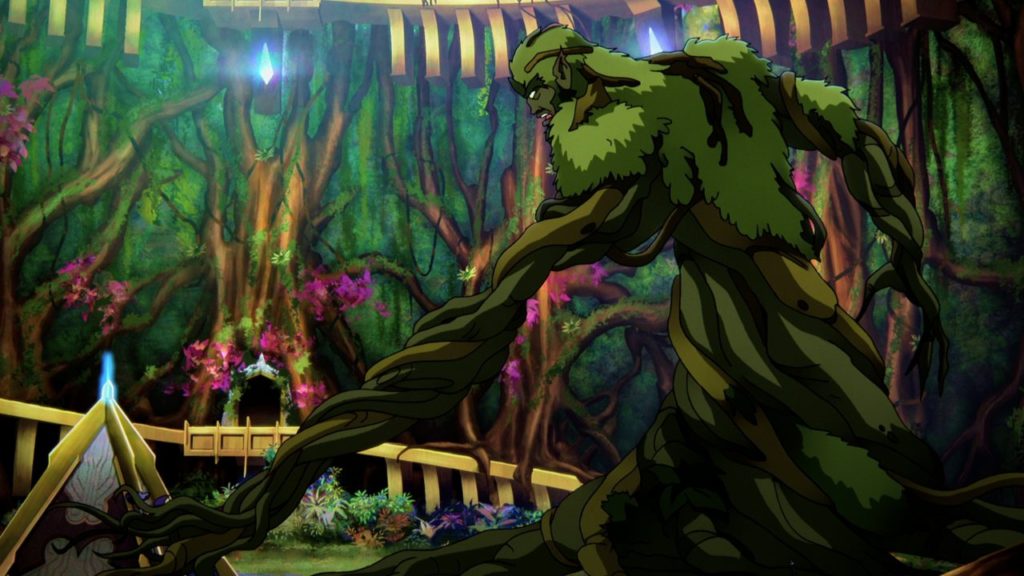
Remember that the primary objective of these cartoons was to sell toys. So it was important that every episode be self-contained in a way that viewers could jump in at any point in the series and still be able to grasp what was going on.
The way that Revelation transitions from the classic to the contemporary in its first episode is absolutely perfect. From the opening raid on Castle Grayskull and that traditional side scrolling battle sequence, to how they open up the world half way into the episode, by way of animation, and character, and plot, is a masterclass in how to pull off a sequel.
In less than 25 minutes, Kevin Smith manages to pay tribute to the original, reintroduce us to these characters, set up his vision of the universe, and prepare us for the rollercoaster that we’re about to ride.
If there is one rule to crafting a successful sequel, it’s about escalation. Aliens. Terminator 2. The Empire Strikes Back. Star Trek II: The Wrath of Khan. All of them raised the ante in every way. Action. Emotion. Suspense. Consequence. And it’s exactly what Masters of the Universe: Revelation does with these characters and this universe. So much so that everything feels new and exciting, with genuine suspense and real emotional stakes.
4. The Series Asks Real Questions and Provides Real Answers

Why is Skeletor obsessed with Castle Grayskull? Why is Teela the only one of the squad unaware of Prince Adam’s secret? Why is Orko called Orko? What is Orko? But even more than that, what are the consequences of all their secrets and lies? How would they deal with fear and loss, love and death, and betrayal?
That’s how you build a world. That’s how you grow and develop a mythology. By creating meaningful backstories. By getting us invested in these characters beyond just wanting a cool action figure or an intricate playset. (I mean, I still want a series accurate Battlecat, but now there’s a deeper resonance to my hankering.)
5. Mer-Man!
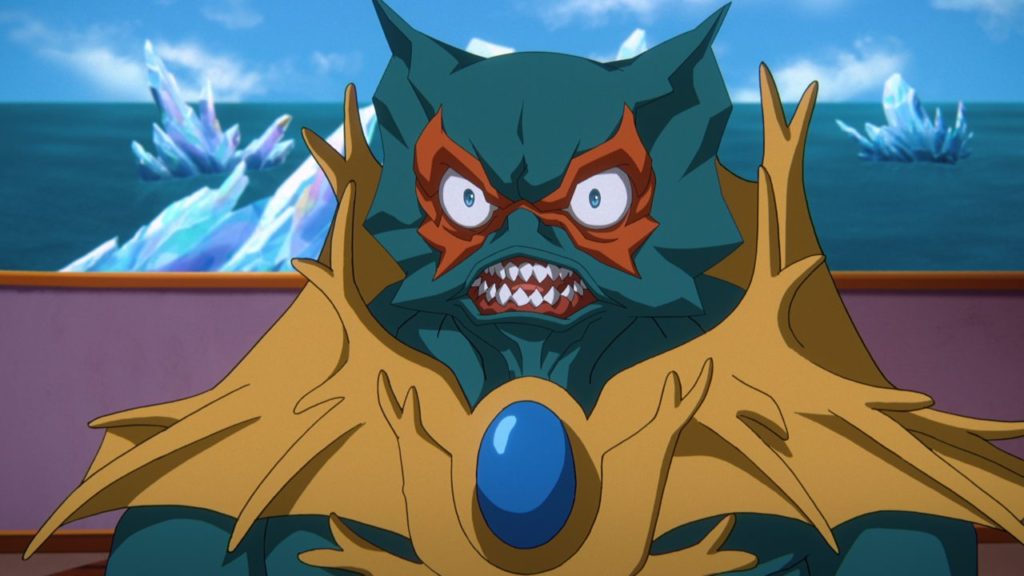
Casting the legendary Kevin Conroy as Mer-Man was inspired. But making the character this broken and battle-weary defender of the deep, like some twisted cross between Aquaman and Namor, was pure genius. But besides being an exquisite moment of cool, it was also a great example of how invested and in tune the writers are with the toy box that they’re playing in.
Every moment feels completely natural. It makes perfect sense for this to be state in which we find Mer-Man after all these years. Of course Man-At-Arms would still find a way to be a preserver and protector, despite being an outcast. I had no doubt that Tri-Klops would end up the leader of some techno-cult. Even Teela’s new hairstyle says she’s a rebel without saying she’s a rebel.

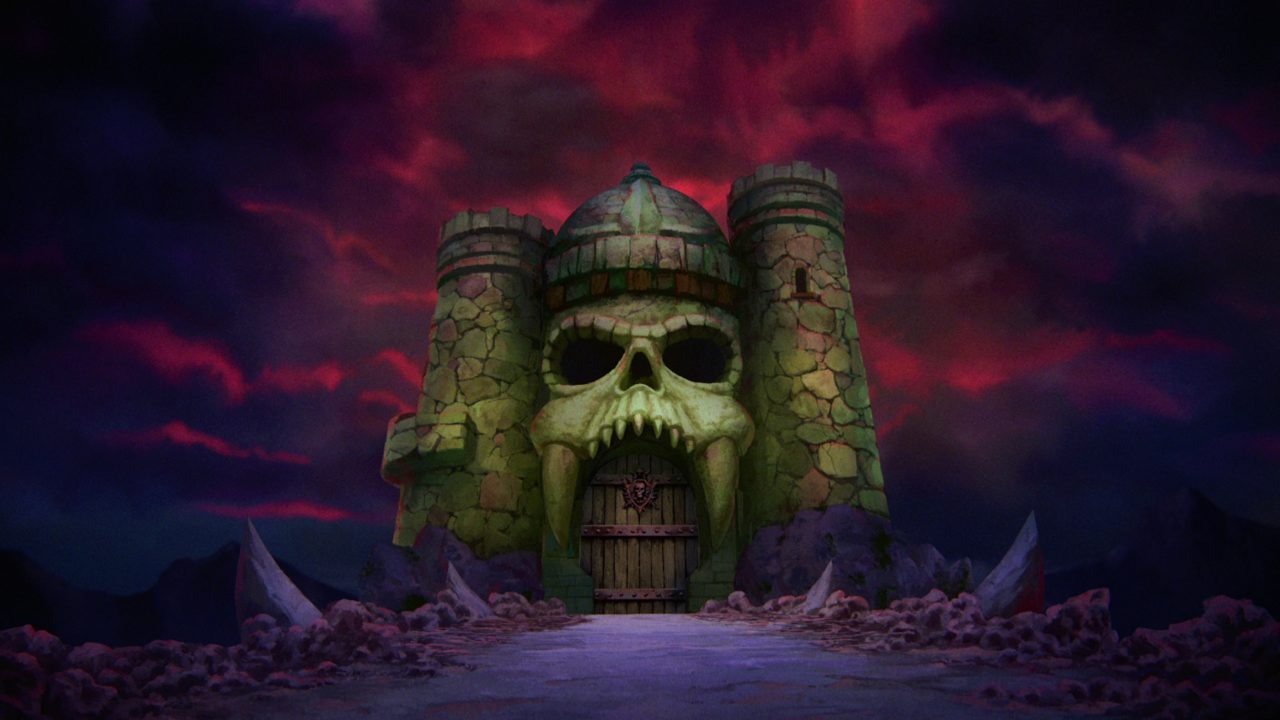
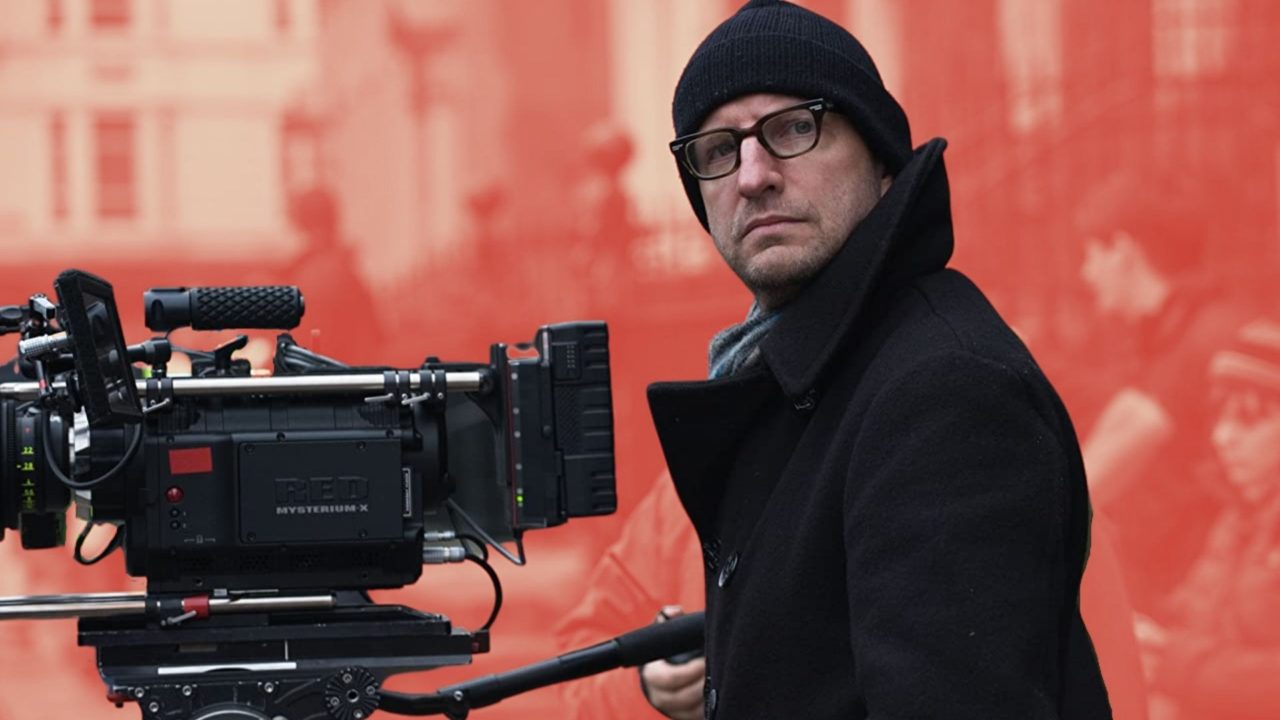






Follow Us